Unleashing the power of Radio for brands in COVID-19 times
Radio has been a source of local news and feel-good content during the lockdown months. It has been one of the few mediums that is currently churning out interesting fresh content and new offerings for listeners as well as brands. However, like all other media, radio, too, has been under pressure due to the slowdown in the economy with the COVID-19 impact.
Read Also - Indian Film Festival of Melbourne goes ahead rescheduling to November 8th
Even as companies are recalibrating their business strategies, several marketing pundits and experts are of the opinion that brands need to seriously look at Tier 2 and 3 markets to grow and find new customers. Given Radio’s wide penetration even in rural markets, brands need to relook at effectively tapping this medium to engage with their audience.
Adgully brought together some of the best thinkers in the industry and the country’s radio business to discuss at length ‘The Power of Radio and its Effectiveness’ as part of its Strategic Move Series on Saturday, June 27, 2020.
Moderated by Abraham Thomas, CEO, Reliance Broadcast Network Ltd (BIG FM), the distinguished panellists included:
Amit Dave, National Head - Sales Strategy & Planning, RED FM
L V Krishnan, CEO, TAM Media Research
Rahul Namjoshi, CEO, MY FM
Shaileen Patel, Head – Business Development and Marcom, N K Proteins
Smita Murarka, VP – Marketing and e-commerce, Duroflex
COVID-19 has been a great leveler, affecting almost all aspects of the lives of consumers and businesses alike. Since the consumer ceased travelling and was asked to remain indoors, this has impacted media consumption significantly, including radio. There have been a lot of reports about how digital and TV consumption grew significantly, but radio also saw a significant boost in consumption.
At the outset, Abraham Thomas shared data from a study conducted by the Association of Radio Operators for India (AROI) across the six metros. According to the highlights of the report, during the lockdown period, radio reached 51 million listeners across the metros, that is, it reached 82 per cent of the population in the top six metros. This was second only to TV, which reached about 86 per cent during the lockdown period. This was also a significant jump from pre-lockdown listenership of 48 million.
The next most significant highlight of the study showed that time spent on consuming content on radio went up by 30 minutes on average across SEC segments. Consumers were spending 2 hours and 36 minutes on an average, compared to pre-lockdown listenership of 2 hours and 7 minutes on the radio. While average growth in terms of time spent went up by 23 per cent, in SEC D and E markets, growth in time spent reached 28 per cent, the highest among all consumer segments.
In the new normal, the study found that most listeners were now listening to radio via their phones (52%), followed by transistors sets (30-35%) and only 16% of the listening is now happening in vehicles.
Citing more data, TAM Media Research’s LV Krishnan said, “According to our data, one of the first trends that came forth was the increase in time spent on radio. There was an average of 10-12 per cent growth in average consumption. That growth was happening on the back of consumption at home and on the back of a largely female listenership. Also, unlike TV where content is consumed by the whole family, radio content was being consumed on a one on one basis. It was a personal companion.”
Krishnan observed that while doing work from home or chores, consumers were looking for a companion that made for compassionate listening as it was a tough time.
MY FM’s Rahul Namjoshi noted, “Consumers wanted their personal space and converse with someone familiar. RJs played an important role to fulfil this need. Across India, most RJs began to conduct live shows from their home and personal space. They were not only there to host shows, but also interact with their listeners. Our RJs personally received many calls on air and engaged even further on social media pages, which were flooded with one-on-one discussions. They became a personal friend to the listener.”
RED FM’s Amit Dave added here, “Radio was one of the most credible information drivers during the lockdown. We did not face any disruption in our operations when the lockdown began as we were completely on air. The information that we provided kept our listeners entertained and brought down their stress levels. Local RJs became the biggest influencers in cities as they spoke colloquially and were a conduit between the administration and the public. They also curtailed the spread of fake news by fact checking information on air.”
BIG FM’s Abraham Thomas then sfifted the conversation to brands and the opportunities they were able to create by leveraging radio.
Krishnan shared, “I saw personal loans emerge as a strong category advertising on radio. Their communications to listeners was simple. Since individuals were losing jobs as organisations were losing revenue, they positioned themselves as a personal friend who can help the audience face this tough time by offering personal loans.”
He further said, “Another category that leveraged the power of radio were confectionery brands. An element of fear during COVID-19 is the anxiety. TV was addressing it from a content perspective via information on news channels and mythologies on GE channels. Confectionery advertisers reached to listeners on radio saying that if they are feeling anxious, consume our chocolates or sweets to feel better.”
Duroflex’s Smita Murarka said, “As a brand it is our role to remain relevant no matter how tough the time. We are a mattress brand that has remained relevant for 55 years in this category. During the lockdown, we communicated the role of sleep in building immunity and leveraged advertising, marketing and communications channels to get this message across. While digital medium became a critical communication channel during lockdown, we believed a combination of media would be more effective. Kerala is one of our strongest markets, where the family had come together around the radio to listen to programmes. That’s why we leveraged it in our communications.”
N K Protein’s Shaileen Patel shared, “During lockdown, it was essential to quickly communicate to our consumers that we are an essential commodity. We used radio to communicate that our distribution channels were still operational and engaged in a conversation with RJs to talk about our hygiene and sanitation standards. We wanted our customers to know that the brand they trust is still available to them.”
Watch the entire discussion.









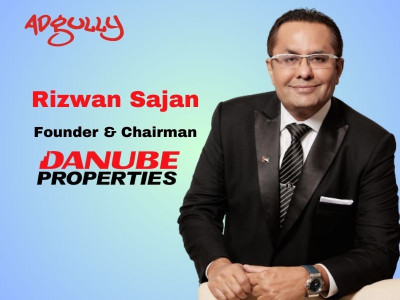
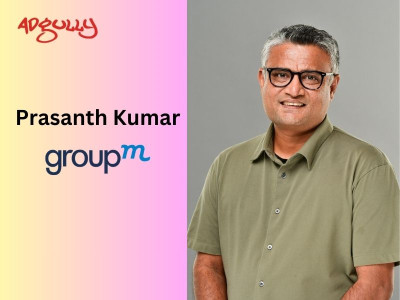

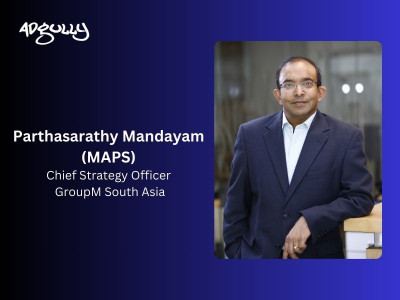
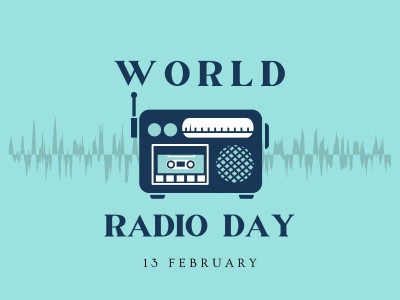
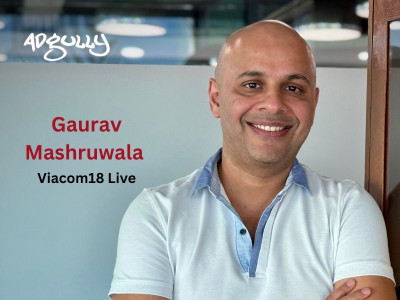

Share
Facebook
YouTube
Tweet
Twitter
LinkedIn